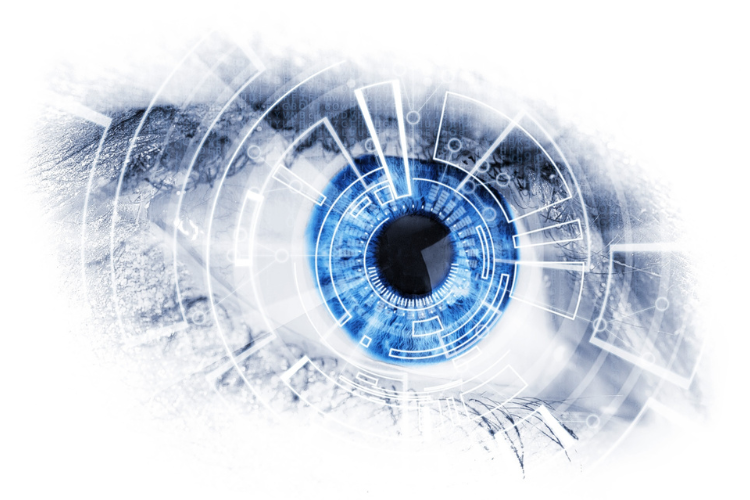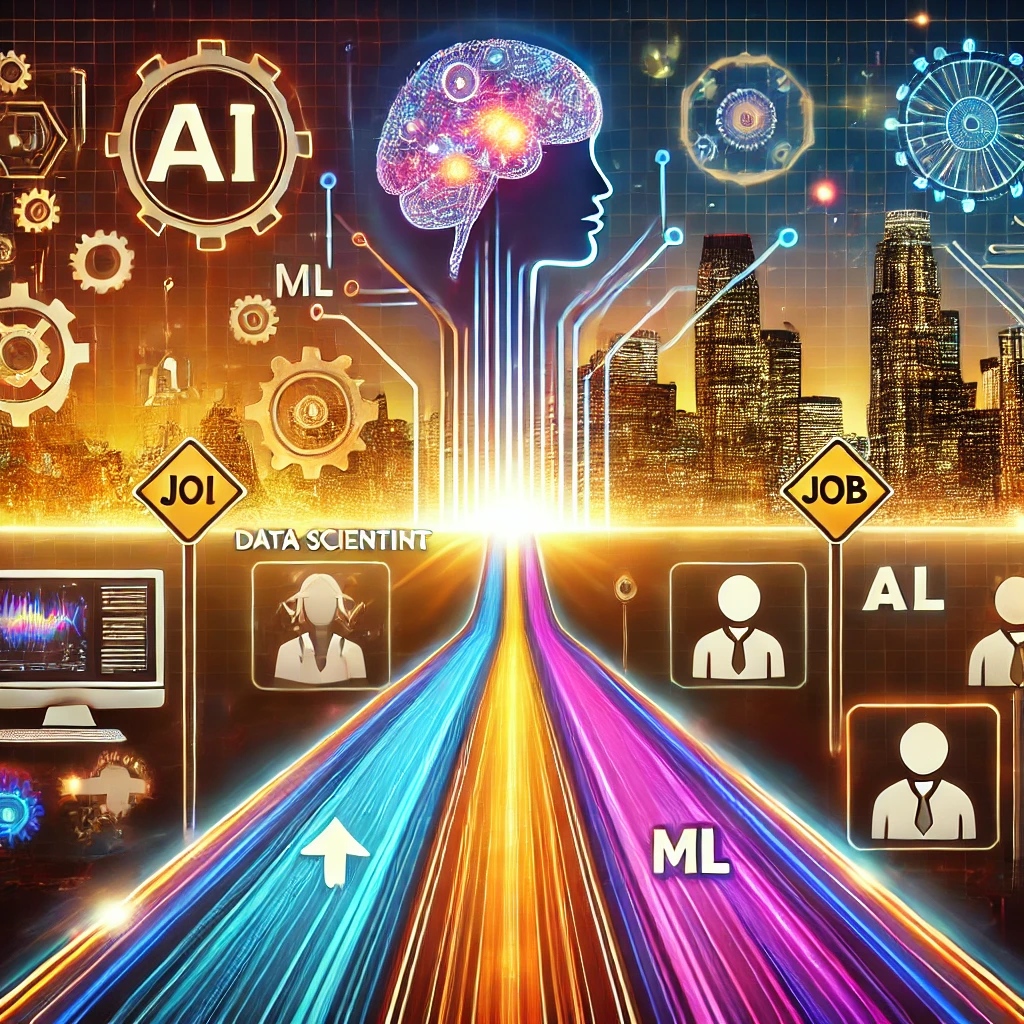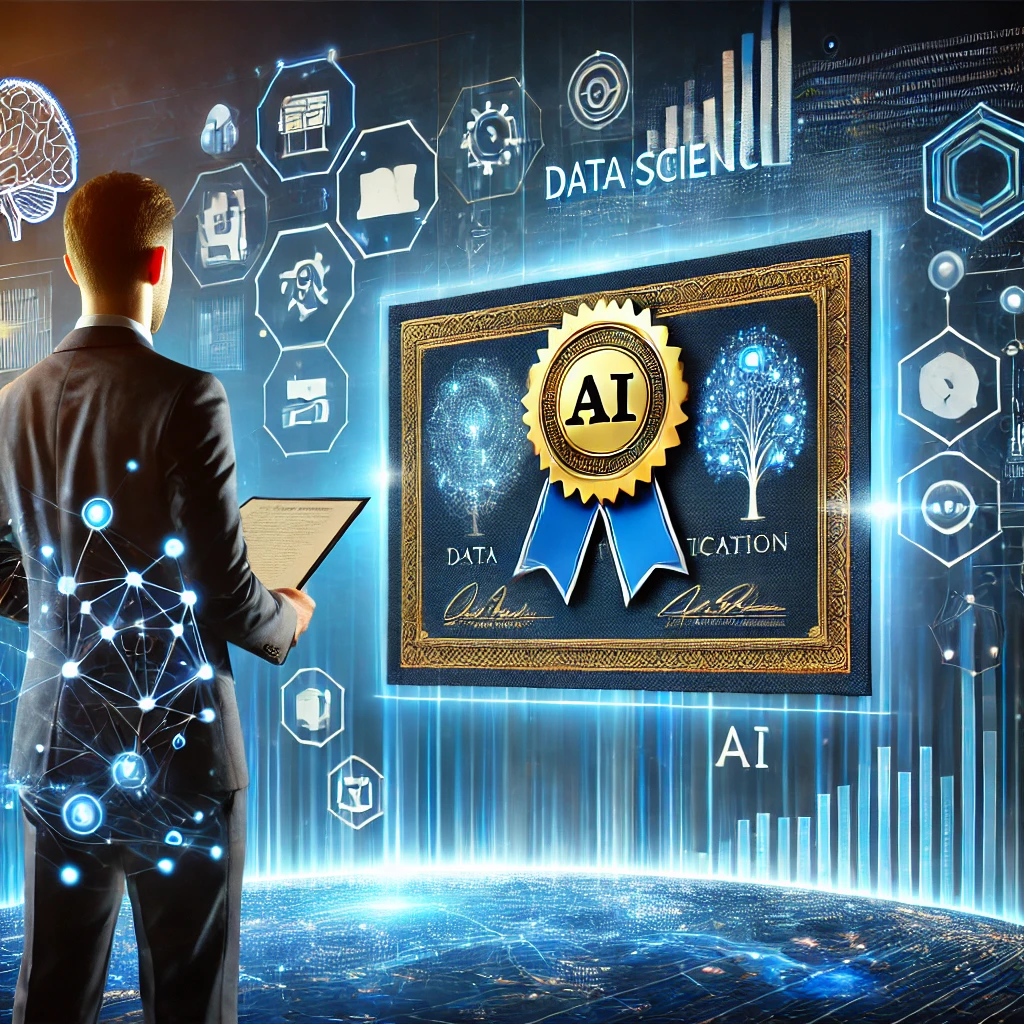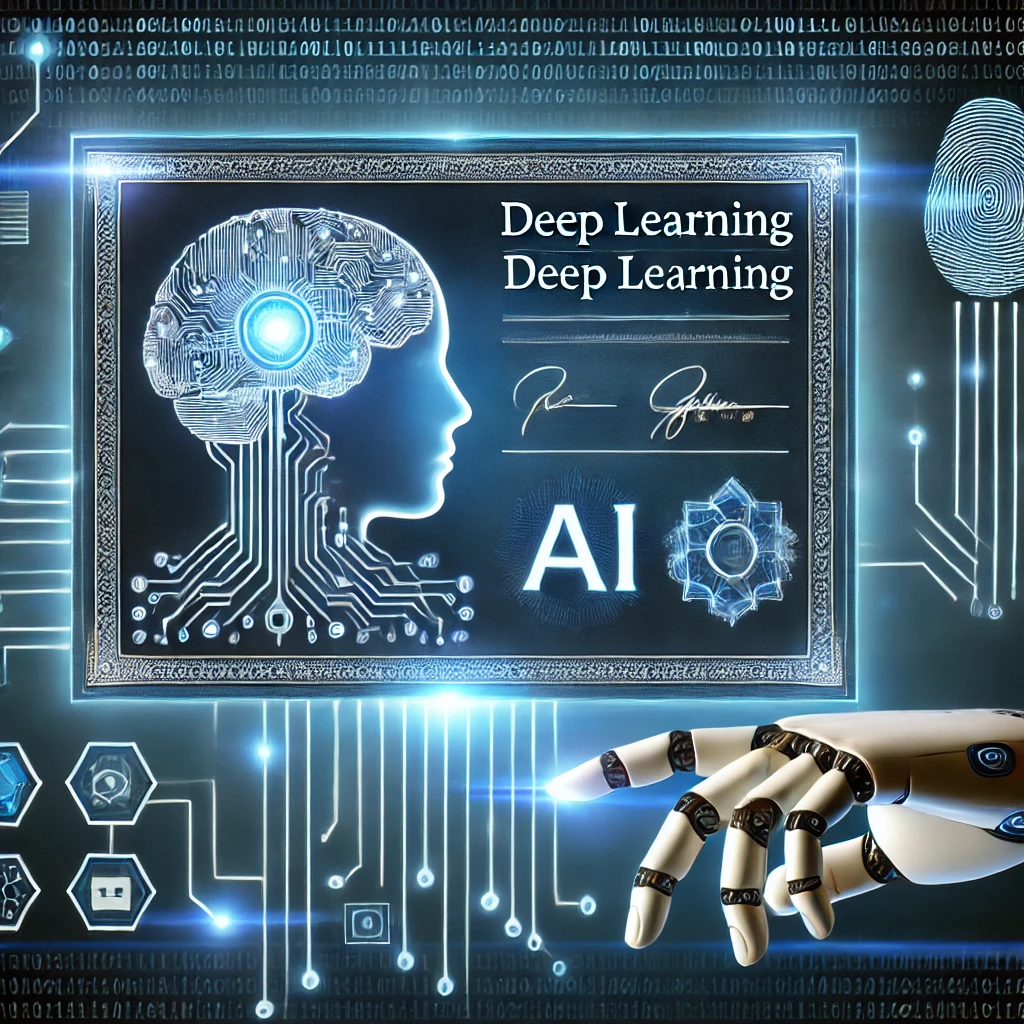Machine learning is a revolutionary force reshaping the way industries operate, innovate, and solve problems. From personalized recommendations in retail to self-driving cars in transportation, it has enabled businesses to leverage data in unprecedented ways. With its ability to analyze vast amounts of information, identify patterns, and make data-driven decisions, machine learning is driving innovation across the board.
However, what exactly is machine learning, and how is it transforming industries? In this article, we will dive into its core methodologies, discuss its applications in key sectors, explore emerging trends, and address the challenges that come with implementing this transformative technology.
Table of Contents
ToggleWhat is Machine Learning?
At its heart, machine learning is a subset of artificial intelligence (AI) that empowers systems to learn and improve from experience without being explicitly programmed. By analyzing large datasets, it allows computers to uncover insights, make predictions, and automate tasks that once required human intelligence.
Unlike traditional software, which operates on pre-written instructions, machine-learning tools evolve by identifying patterns in data. For instance, in fraud detection, a machine-learning model can process millions of transactions to flag unusual behaviors that might indicate fraud, all without human intervention.
The field of machine learning draws heavily from data science, which involves extracting actionable insights from data. Together, they form the backbone of many modern innovations, helping businesses improve efficiency, deliver personalized experiences, and unlock new revenue streams.
Machine Learning Methodologies
Depending on the type of data and goals of the project, businesses use different methodologies to harness the power of machine learning tools. Here are the three most widely used approaches:
1. Supervised Learning
This method involves training a model using labeled datasets, where the input data is paired with known outcomes. Over time, the model learns to predict outputs for new, unseen data.
- Examples: Spam detection (where emails are labeled as “spam” or “not spam”) and predictive maintenance (where past machine failure data is used to predict future issues).
- How it works: Think of supervised learning as teaching a student with flashcards that include both questions and answers.
2. Unsupervised Learning
Unlike supervised learning, unsupervised learning works with unlabeled data. Here, the goal is for the model to identify hidden patterns, structures, or groupings in the dataset without any human guidance.
- Examples: Customer segmentation based on purchasing behavior and anomaly detection in financial transactions.
- How it works: Imagine an archaeologist sorting through artifacts to discover relationships among them—this is how unsupervised learning works in the world of data.
3. Reinforcement Learning
This methodology focuses on training models to make a sequence of decisions in an environment. The system learns by receiving rewards for desired actions and penalties for undesirable ones.
- Examples: Autonomous vehicles using reinforcement learning to navigate roads and AI systems mastering strategy games like chess.
- How it works: It is like teaching a dog tricks using treats as rewards. Over time, the system learns to optimize its behavior for maximum rewards.
By combining these methodologies, businesses can leverage AI tools to tackle a diverse range of challenges, from automating routine tasks to solving highly complex problems.
How Machine Learning is Changing Industries
The applications of ML span almost every industry, revolutionizing processes and enabling new capabilities. Below are some of the most impactful use cases:
1. Healthcare
- Predictive Diagnostics: Machine learning algorithms analyze patient data to predict the likelihood of diseases before symptoms occur, enabling early intervention.
Example: Predicting diabetes risk based on lifestyle and genetic factors. - Medical Imaging: Computer vision improves the accuracy of diagnosing conditions like cancer by analyzing medical images.
2. Finance
- Fraud Detection: Machine-learning models continuously monitor transactions for unusual activity, flagging potential fraud in real-time.
Example: Detecting irregular credit card usage patterns. - Algorithmic Trading: AI tools analyze market trends and execute trades at optimal times, helping maximize profits.
3. Retail
- Personalized Recommendations: Machine-learning tools analyze customer preferences and behavior to suggest relevant products.
Example: Netflix uses recommendation algorithms to suggest movies tailored to individual tastes. - Inventory Management: Retailers use predictive analytics to forecast demand, ensuring the right products are in stock while minimizing waste.
4. Manufacturing
- Predictive Maintenance: Sensors combined with ML predict equipment failures, reducing downtime and maintenance costs.
- Quality Control: Computer vision systems automate defect detection, ensuring products meet quality standards.
5. Transportation
- Autonomous Vehicles: Self-driving cars use reinforcement learning and computer vision to navigate roads, avoid obstacles, and make decisions in real-time.
- Route Optimization: Machine learning-powered systems calculate the fastest, most efficient routes, saving fuel and reducing delivery times.
Emerging Trends in Machine Learning
The field of AI research and machine learning is advancing rapidly, introducing new trends that are reshaping industries. Here are some of the most exciting developments:
1. Natural Language Processing (NLP)
Natural language processing enables machines to understand, interpret, and generate human language. From virtual assistants to sentiment analysis tools, NLP is revolutionizing how humans interact with technology.
- Example: Chatbots like OpenAI’s ChatGPT provide conversational support by processing and responding to user input.
2. Computer Vision
Computer vision is the ability of machines to process visual information from images or videos. This technology is pivotal in healthcare (diagnostic imaging), retail (visual search tools), and security (facial recognition).
3. Automated Machine Learning (AutoML)
AutoML simplifies the process of creating machine-learning tools, making them accessible to non-experts. It democratizes data science by enabling smaller businesses to build models without specialized expertise.
4. Edge Computing with Machine Learning
By integrating machine learning with edge computing, businesses can process data closer to the source, reducing latency and enabling faster decision-making.
Example: Autonomous drones use edge computing to process environmental data in real-time, ensuring safe navigation.
5. Ethical AI and Exploration Learning
As models become more complex, ensuring their decisions are transparent and ethical is crucial. Researchers in AI research and machine learning are focusing on fairness, creativity, and the elimination of biases to build trust in AI systems.
Challenges and Ethical Considerations
While ML offers significant benefits, it also presents several challenges:
- Data Privacy: With the rise of regulations like GDPR, businesses must ensure the security and confidentiality of data used in AI tools.
- Bias and Fairness: Models trained on biased datasets can reinforce inequalities, such as discriminatory hiring or lending decisions. Addressing bias is a critical focus in AI research and machine learning.
- Scalability: Handling growing data volumes and complexity requires robust infrastructure and continuous innovation.
To overcome these challenges, businesses must adopt responsible practices and ensure transparency in their machine-learning tools.
The Future of Machine Learning
The transformative power of machine learning is only beginning to be realized. As advancements in natural language processing, computer vision, and AutoML continue to evolve, industries will unlock even greater possibilities. However, success in the era of AI will require businesses to stay ahead of emerging trends, invest in AI tools, and prioritize ethical considerations.
AI research and machine learning hold the potential to redefine our world. From improving patient outcomes in healthcare to making our cities smarter, the impact is undeniable. As we address the challenges of scalability, bias, and data privacy, we move closer to a future where AI benefits everyone.
By leveraging the latest in machine learning tools, businesses can drive innovation, enhance decision-making, and shape the digital landscape for years to come.
FAQs
What is the difference between supervised and unsupervised learning?
Supervised learning uses labeled data to teach models the relationship between inputs and outputs, while unsupervised learning works with unlabeled data, uncovering patterns and structures without predefined labels.
How does reinforcement learning differ from other methodologies?
Unlike supervised or unsupervised learning, reinforcement learning focuses on decision-making by rewarding desirable actions and penalizing mistakes, allowing systems to learn through trial and error.
What role does natural language processing play in ML?
Natural language processing (NLP) enables machines to understand, interpret, and generate human language. It powers applications like chatbots, language translation, and sentiment analysis.
How is computer vision used in real-world applications?
Computer vision is used for tasks like medical imaging (detecting diseases), autonomous vehicle navigation, and quality control in manufacturing processes.
What are some examples of machine learning tools?
Popular machine learning tools include TensorFlow, PyTorch, and Scikit-learn. These tools help data scientists develop models for various applications, from predictive analytics to AI-powered automation.



